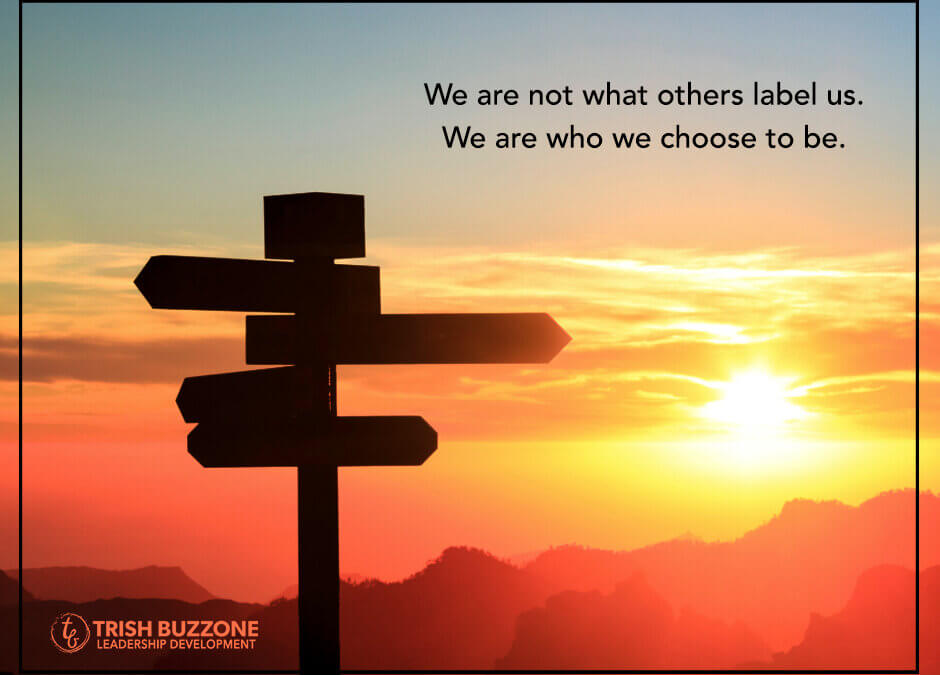This is Part 3 in our series on building an Employee Business Model for your team.
Previously, we talked about what an Employee Business Model is, what it will mean for your business, and how the hiring process is influenced by this approach to leadership. In this blog, we will continue with that theme, exploring what personnel development looks like in an organization with a healthy Employee Business Model.
Let’s start this discussion with a statement:
Effective leaders provide opportunities for their people to grow, personally and professionally.
Sometimes, when we think about providing development opportunities for our people, we focus on only one aspect of that person: skills training. This is undoubtedly a vital aspect of building a better team and a better business. However, this approach only addresses one aspect of providing growth opportunities for our team.
When our people grow their skills, yet do not develop their personal leadership, they are unbalanced, and they will grow with gaps in their ability to be their best… gaps that will hurt us and our business. These people may operate well in one area of their work, yet they will struggle to make good decisions in another area.
Expanding our employee development opportunities beyond skills training is about helping people be their best, so they make good decisions within the scope of their responsibilities … so they take ownership of their work and go above and beyond their “job description.”
As leaders, we share the responsibility of equipping our people in three different ways in order to fill in the gaps and help them be better every day as an “all-in” member of our team.
Creating a Healthy Balance in our Employees
When we think about employee development through a “training” filter, we’re picturing one aspect of development on a steady upward trend. Something like this:
While steady skills development is a tremendous, necessary pursuit, focusing on only that aspect of our employee’s development leaves them unbalanced. All of us are more than just talent. And, if we don’t provide opportunities to develop the other aspects of a person, we end up with one-dimensional employees.
That’s how you get great product knowledge with spotty customer service, or a typically effective employee who struggles when something out of the ordinary happens.
More effective leadership means also giving our people opportunities to develop emotional and decision-making skills: “in the moment” wisdom based on what’s best for the company culture and, more importantly, the customer.
Adding that aspect of individual development to our Employee Business Model creates a balance with the skills training aspect of our plan. Employees who are emotionally growing and developing their skills better understand how to relate to their work, their coworkers and their customers.
Completing the personal development puzzle
Even when we are committed to training skills and coaching people, there is still one fundamental piece missing, the one piece only we, as the leaders, can provide. It is also the piece that provides a connection point for the team members within our organization, while providing a foundation on which to grow, personally and professionally.
Shared vision is the bridge that connects an employee’s skill and personal growth with the motivation to invest these aspects of themselves with our team. If we’re losing good people, it’s often because we have not shown them where they fit in the vision as well as why and how their skills and personality make our team better.
Think about why people leave teams…
Maybe they don’t feel they fit, or they feel underused or under appreciated. They are leaving for something to seek that something somewhere else … even if they’re not sure exactly what that something is.
However, when we’re purposeful about sharing our vision and why they’re an integral part of that vision, our employees feel valued and understand how they’re connected. They, in turn, are more likely to trust us as leaders, to offer more of themselves, and less likely to leave in search of something they feel may be better.
Will there be times this is not the case? Sure. Not everyone will be a good fit on our team. However, when we clearly communicate our vision, our expectations and where they matter as part of the team, we all discover where and how they fit – or if they don’t – that much sooner.
When we share a vision that resonates with people, we create buy-in, enthusiasm and a foundation of excitement that draws people in and motivates them to grow every day. Then it’s up to us to offer those opportunities to help them get there.
In our next blog, we will look at a few real-world examples of what may happen when we offer skills training yet miss personal development and shared vision.

Creating the wake
I’ve been thinking about the emotional energy we exchange in our conversations and how this energy affects our relationships. That cause and effect reminded me of something I read in a book by Susan Scott called Fierce Conversations: “The conversation is...

“Once she labeled me”
Have you ever found yourself so angry with a friend or colleague, so shocked at what they said or what they did, that you wondered if your relationship could survive? Ginny found herself there after an ugly argument with an old friend. Her story, shared...

Pushing Through Most People’s #1 Fear
Pushing Through Most People’s #1 Fear How to respond when that voice inside whispers we’re not good enough Recently, a friend interviewed a successful marketing company CEO named Tomo about how he got his start as a writer and marketer. During the...

Dreams Are Not Fulfilled in a Vacuum
Dreams Are Not Fulfilled in a Vacuum The shift from doing our work to living our dream often involves connecting with the best in others My friend sat across from me, and I could tell she had something on her mind. I waited, watching this...





0 Comments